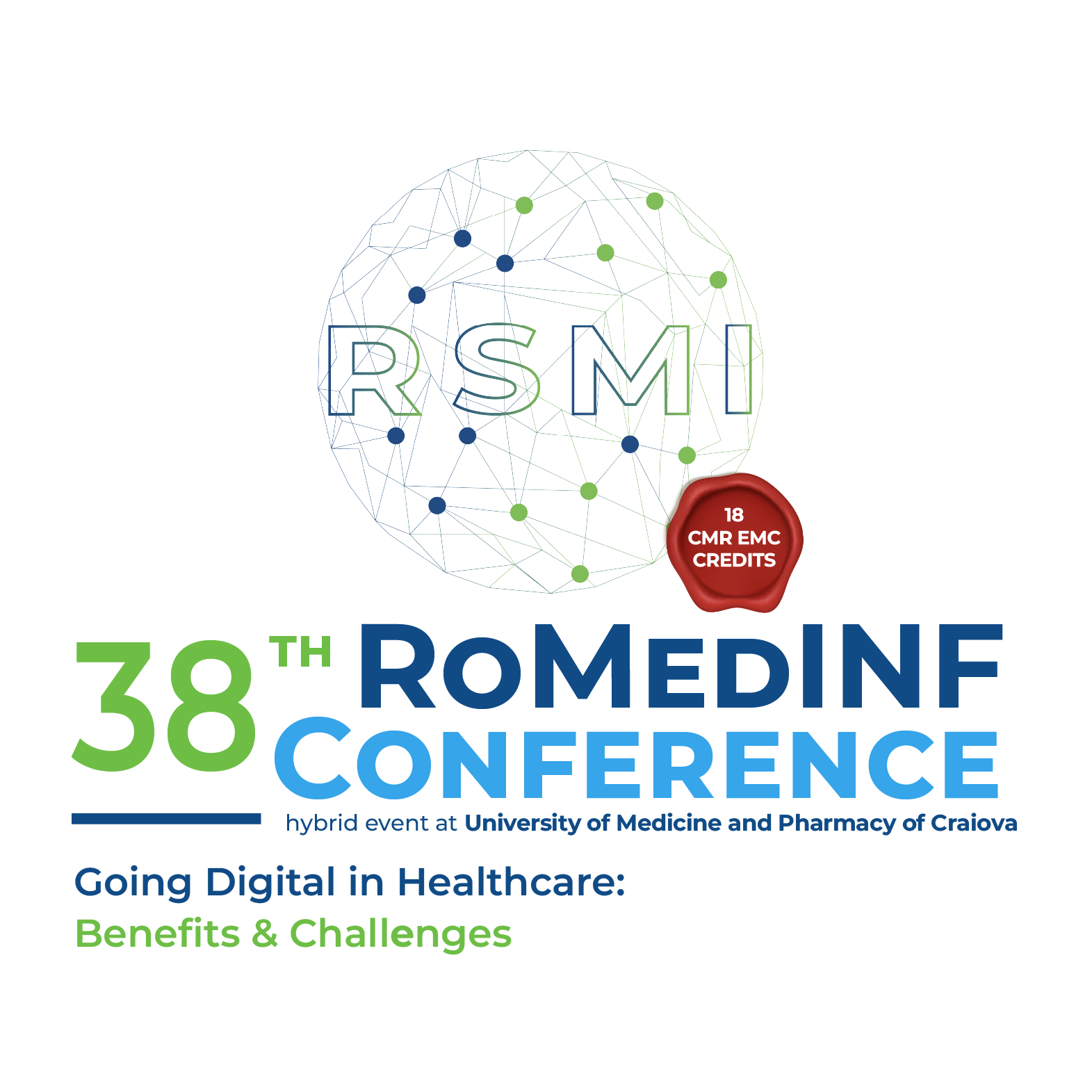Radiomics, Pathomics and Connectomics
Keywords:
Artificial Intelligence (AI), Machine Learning (ML), Deep Learning (DL), Autoencoders (AE), Electroencephalogram (EEG)Abstract
The increasing demand for personalized medicine needs development of advanced AI techniques capable of accurately characterizing pathological heterogeneity, which is a key determinant of disease progression, treatment response, and prognosis. Current machine learning (ML) and deep learning (DL) models struggle with explainability, robustness, and trustworthiness, limiting their adoption in clinical practice. The clinical need for improved disease characterization is particularly pressing in oncology and neurology, where tumour heterogeneity and brain functional connectivity play critical roles in diagnosis and treatment planning. In oncology, since heterogeneity at morphological (radiomics) and pathological (pathomics) levels affects tumour aggressiveness and drug resistance, there is a need for robust biomarkers for early diagnosis and stratification. Similarly, in neurology, brain spatio-temporal functional connectivity (connectomics) provides insights into cognitive and neurological disorders, requiring precise modelling techniques.
In any case, models must combine multimodal data and be able to reproduce results using small sample size (probably unbalanced) datasets for training. This talk introduces several DL/ML approaches for such experimental settings through the resolution of 3 use cases in each domain:
- Integrative Model for Radiomic Early Diagnosis of Lung Cancer. Bayesian model integrating the outputs of a deep radiomic model predicting malignancy from CT scans and a logistic model predicting malignancy from tabular clinical data.
- Detection of HPilory in Immunohistochemical Images using AutoEncoders. We propose to use autoencoders (AE) to learn the latent patterns of healthy patches and formulate a specific measure of the reconstruction error of the image to detect H. pylori as an anomaly in the staining of tissue in immunohistochemically images.
- Fusion Architectures for Detection of Epileptic Seizures in EEG Recordings. How to analyse the ability to handle inter- and intra-subject variability of various deep strategies for the fusion of EEG sensors information.
Downloads
Published
How to Cite
Issue
Section
License
Copyright (c) 2025 Debora GIL RESINA GIL RESINA

All papers published in Applied Medical Informatics are licensed under a Creative Commons Attribution (CC BY 4.0) International License.

